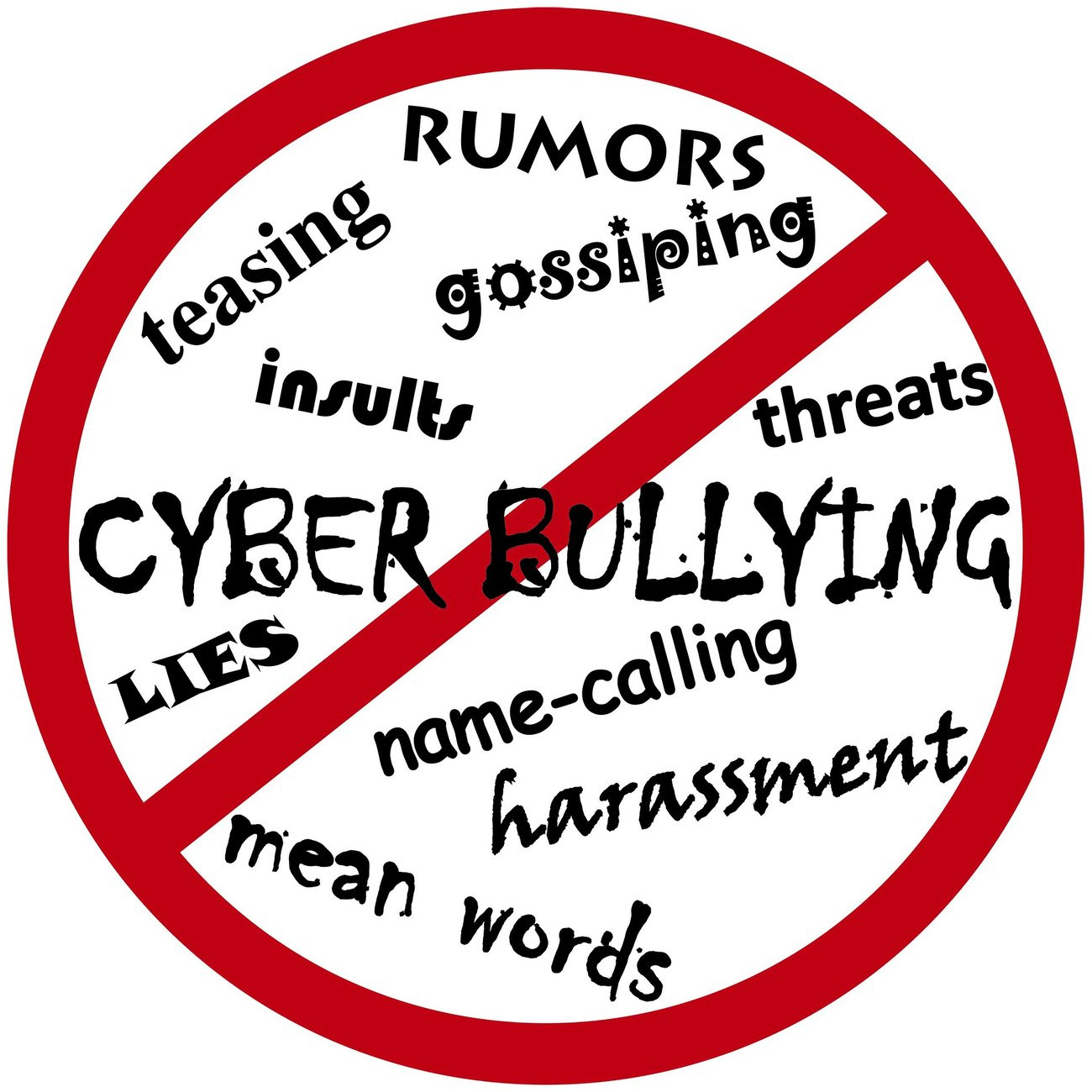Encountering bullies is not confined to childhood; it extends into adulthood, manifesting in various ways such as intimidating bosses, controlling partners, unruly neighbors, or condescending family members.
The Workplace Bullying Institute (WBI) in the United States has conducted research indicating that around 19% of adult Americans have personally experienced workplace bullying, and an additional 19% have witnessed it. In other contexts, such as social or community settings, the prevalence of adult bullying may be lower, but it still occurs. Cyberbullying among adults is also a growing concern as online interactions become more prevalent.

